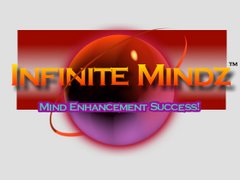
In addition, the causes of depression are also known in much more detail leading to an increased likelihood to find further new treatments to beat depression within the next years. The first line of treatment for depression sufferers is without doubt the use of anti-depressants prescribed by a medical practitioner, usually combined with some kind of talk therapy by a psychotherapist. In cases of mild depression the use of alternative methods to beat depression, such as herbal remedies (in particular St. John’s wort) may be indicated.
Apart of those treatment options, which are more or less driven by the patient’s doctor, there are many supportive measures a depressed patient can and should actively use in order to increase his chances to beat depression and to prevent it from coming back once he has been successfully treated.Among the most important patient-driven activities that can help to beat depression are a healthy diet and sports. It has been shown over and over again that a proper nutritional mix of fruits and vegetables, fish, milk products and meat has a profound positive effect on the depressed patient (apart of generally increasing ones health). Vitamin- and mineral supplements may also be added to such a healthy diet.
It is also well known that activities such as brisk walking, jogging or any other kind of sports, if pursued in reasonable quantities, are very helpful. Another important step to be taken that helps to beat depression is to mingle with other people such as family members and friends as much as possible. It is commonly very hard for any depressed patient to do this especially during acute phases of depression, since having no real interest in or even an aversion for meeting people is one of the common symptoms of depression.
However, if a patient can push himself (or can be pushed by a caring friend) to meet people and to enjoy himself (as much as possible under the given circumstances) much can be gained. Getting lots of sleep and the possibility to relax and to avoid stress at work and at home are further important stepping stones on the way to beat depression. Especially the strong positive correlation of stress to depression and many other diseases has been repeatedly shown. While stress avoidance in itself is a good means to beat depression further support can be provided by special relaxation techniques and meditation.
Finally, another important contributor to furthering the chances to successfully beat depression is to increase the self-confidence of the depressed patient, since this mood disorder often is connected to a weak self-confidence and even self-hate. Concluding, there are many ways to beat depression in addition to depression medication and talk therapy. A combination of all of the mentioned activities will significantly improve the chances to beat depression and to prevent it from coming back.
To check out what possibilities exist to beat depression and to prevent it visit http://www.beatdepression.org/, your information portal on depression.

